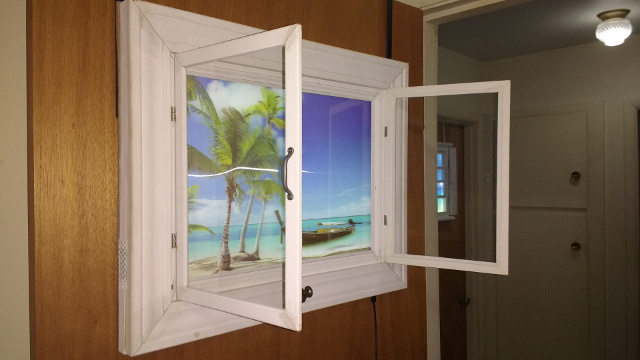
For over seven years I've been working in the same building. Next to me were, not one, but two 8 foot tall by 6 foot wide windows. The whole of downtown was my view. Not the best scenery by far, but still a view. In August of 2018 my department was informed that our company would be moving to a new facility. Pretty exciting right! Until I found out what building we would be occupying. Don't get me wrong, it's great. So close to my house, I can walk to work. Private parking. Lots of space... But no windows. Except in the front for the lobby. Not a single one. Even management gets no windows. "Okay", I thought. "I'm not going to let this get me down." So, this lead me on the trail of making my own window. After doing some research, I found that "Lenticular 3D Art" would be the cheapest, power efficient, and most effective way to create my window of choice. So, right away I ordered a beautiful tropical scene ('Cause, Why Not?). At 23 inches diagonal, it was surprisingly inexpensive.
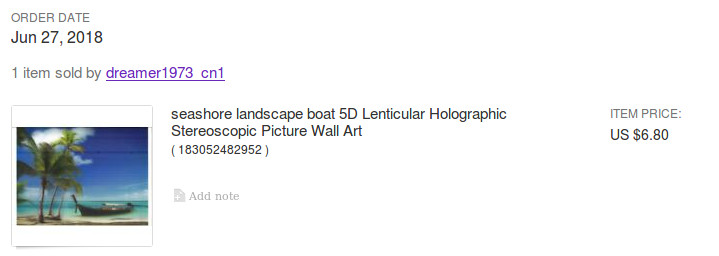

So, of course, a window projects its own light. So a "Not" so inexpensive way, but still the best way I could find was the L.E.D. Tracing Light Pad. This light pad not only comes with the extremely thin acrylic and L.E.D.s needed but also the controller, switch and USB power supply needed to power it. Once you carefully remove the thin top layer of acrylic, all of the bits and pieces are exposed. The acrylic is also easily trimmed to size.
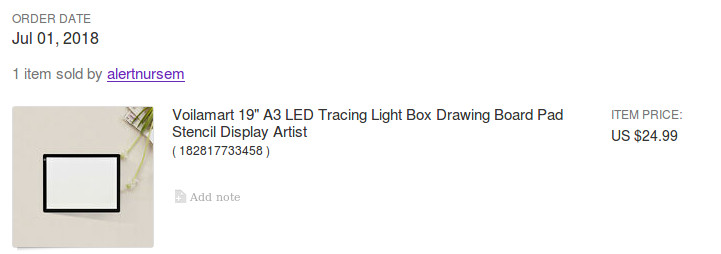
The L.E.D.s can be trimmed too, but beware, you'll find two LED strips connected by a pair of wires. The solder points are hard to find and need a steady hand to solder. But if you keep at it, eventually you'll succeed.
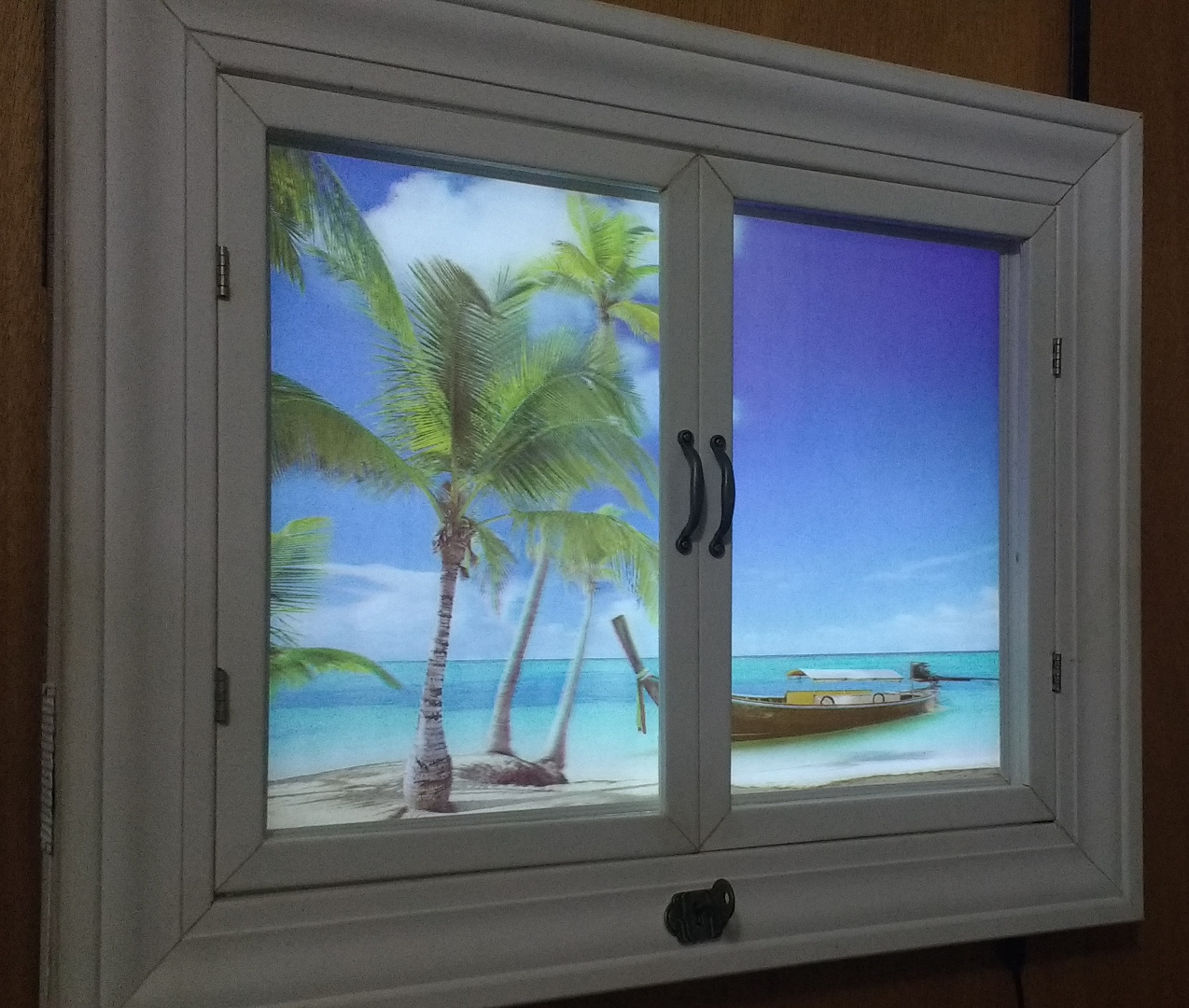
I made the frame out of cheap wall molding. Cost me about $3.00 for 16 feet of the stuff. Using that thin layer of acrylic I recovered from the back light, and with a different piece of molding, I made the two casement windows.
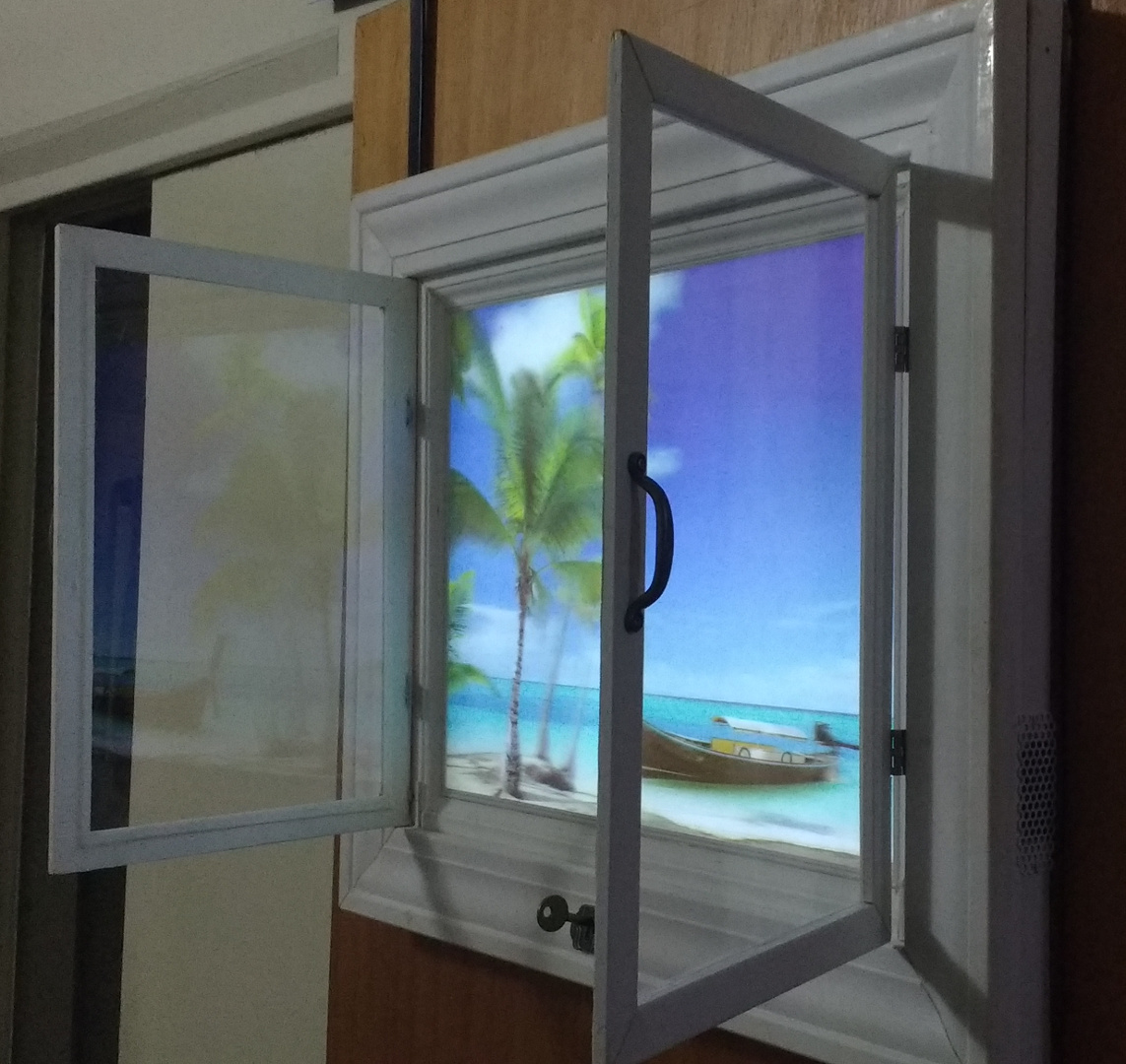
I used some cloth tape to adhere the acrylic in place. Of course there is also a pane of actual glass protecting the image.
Finally, it seemed a waste to not have sound when the window was opened. So I purchased this strange item I found that comes complete with actual beach sand.
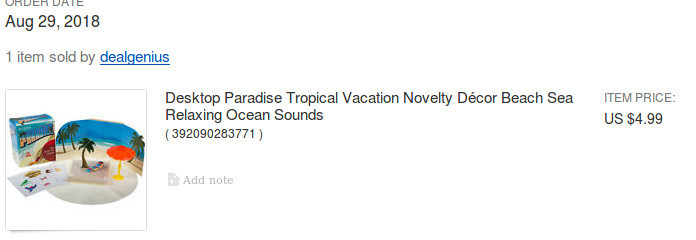
Naturally I removed the sound chip and installed it into the window. The rest of the kit I gave to a good friend of mine (Brandy) to play with. She found the gift... interesting. On the side of the window I installed speakers.
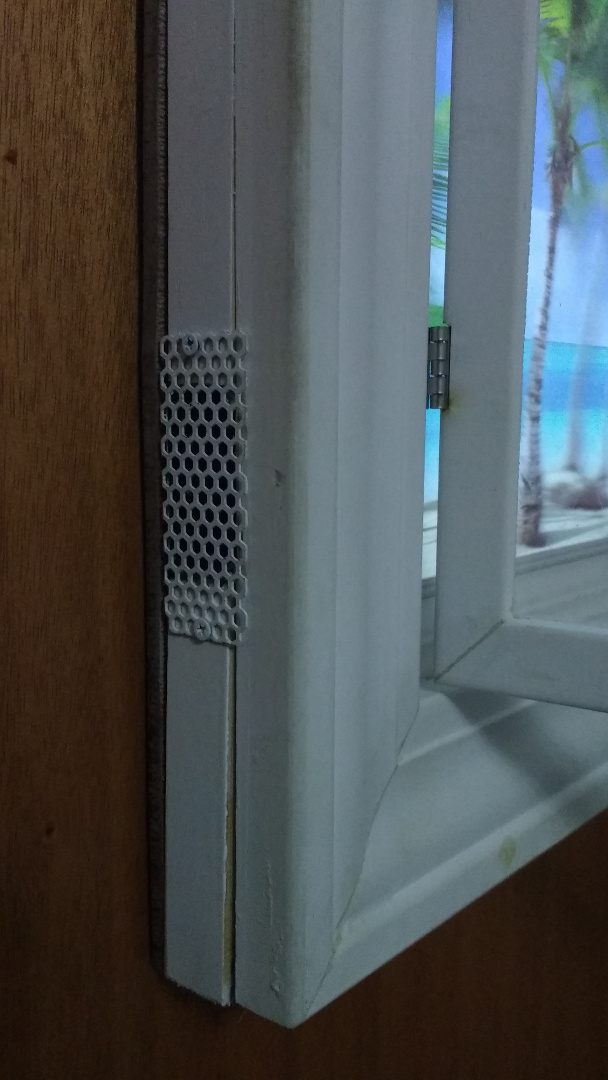
So, now when the windows are opened, you can hear the sound of surf and seagulls for about 30 seconds then it fades away.
